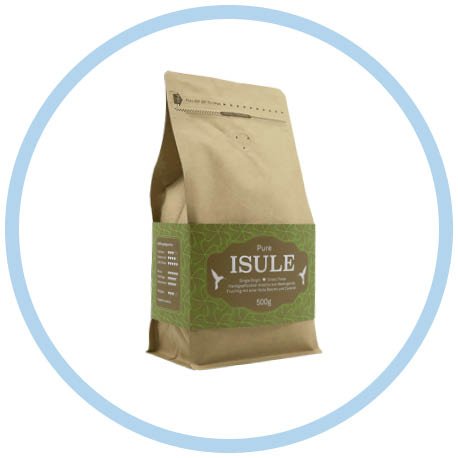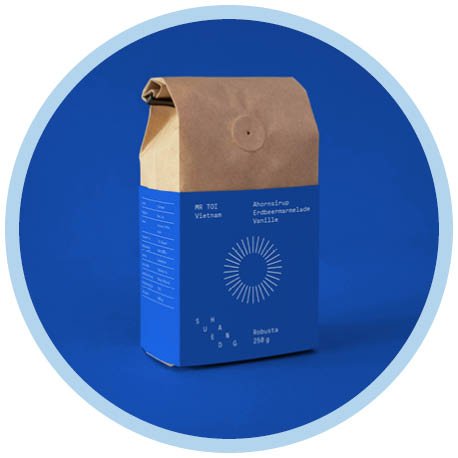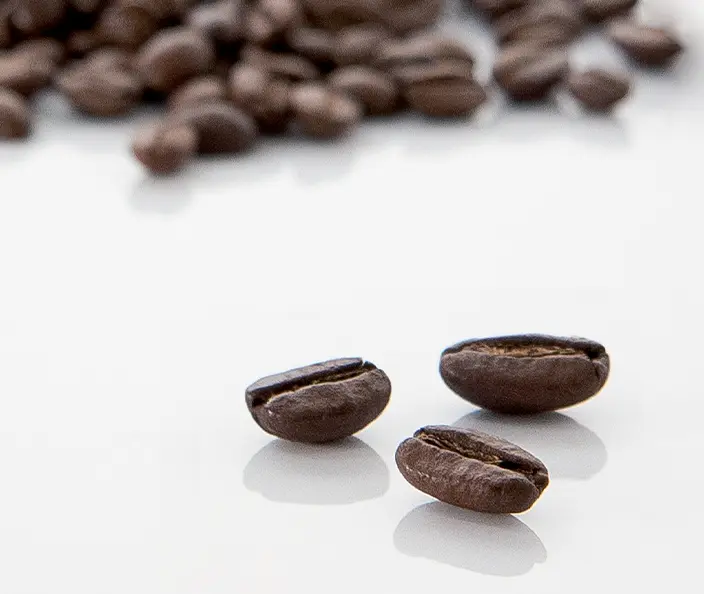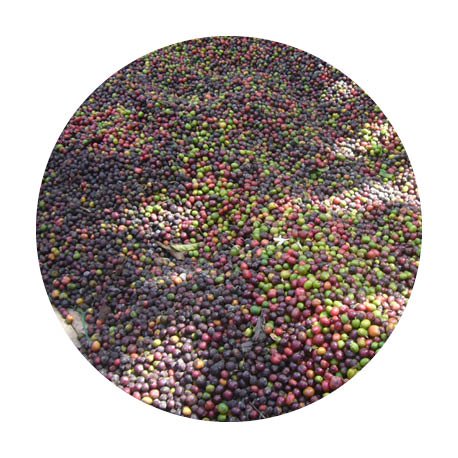
We want fairer coffee
People in Europe drink more than 30 billion cups of coffee a year. Millions of family farmers grow the coffee to meet this huge demand. Far too many of these families live in abject poverty because the price of coffee is too low.
What's wrong with the coffee trade?
Coffee is grown by millions of family farmers. For many of these families, coffee growing is not profitable because the purchase prices are too low. In many cases, they can't even cover their production costs.
Because coffee is traded on the stock exchange, the price fluctuates constantly. A bad season in a major coffee-producing country like Brazil can quickly drive the price up, just as overproduction can cause it to fall.
However, the contracts for the purchase prices of green coffee are not negotiated on the stock exchanges. They are usually signed one year in advance. If the price of coffee on the stock exchange subsequently rises, the producers don't benefit from it. The cash only flows into the merchants' pockets.
According to the 2020 Coffee Barometer, half of the world's green coffee is traded through the accounts of just five companies: Neumann Kaffee Gruppe, LDC, ECOM Agroindustrial, Volcafe and Olam.
These corporations have substantial market power and aren't afraid to use it. For example, when prices soared at the end of 2021, producers in Brazil, Colombia and Ethiopia refused to deliver their harvest at the agreed prices, because they were much lower. LDC, Volcafe and Olam then went through the courts to force them to surrender the goods.
Where does the coffee at gebana come from?
Who sets the price of coffee at gebana?
In Mexico and Colombia, the cooperatives come to us with a proposed price. We then negotiate this starting price, taking the current world market price into account. The result is usually well above the current world market price.
Negotiations take place about six months before the harvest. Once the contract has been concluded, we pay 50 percent of the agreed amount up front. The cooperatives receive the remaining amount after delivery.
In Peru, the producers set their selling price for the Algrano platform.
- Handelsnation Schweiz: Heimat der Agrargiganten, https://www.publiceye.ch/fileadmin/doc/Agrarrohstoffe/2019_PublicEye_Magazin_Nr18__Agrarhandel.pdf (accessed on 9 March 2023)
- Zynisch und absurd: Schweizer Händler verklagen Kaffeeproduzent*innen, https://www.publiceye.ch/de/standpunkte/zynisch-und-absurd-schweizer-haendler-verklagen-kaffeeproduzentinnen (accessed on 9 March 2023)
- Coffee Barometer 2020, https://hivos.org/assets/2021/01/Coffee-Barometer-2020.pdf (accessed on 9 March 2023)
- The 10 European countries that drink the most coffee, https://n26.com/en-de/blog/countries-that-drink-the-most-coffee (accessed on 20 April 2023)
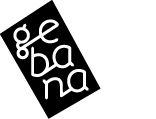
 Login
Login


